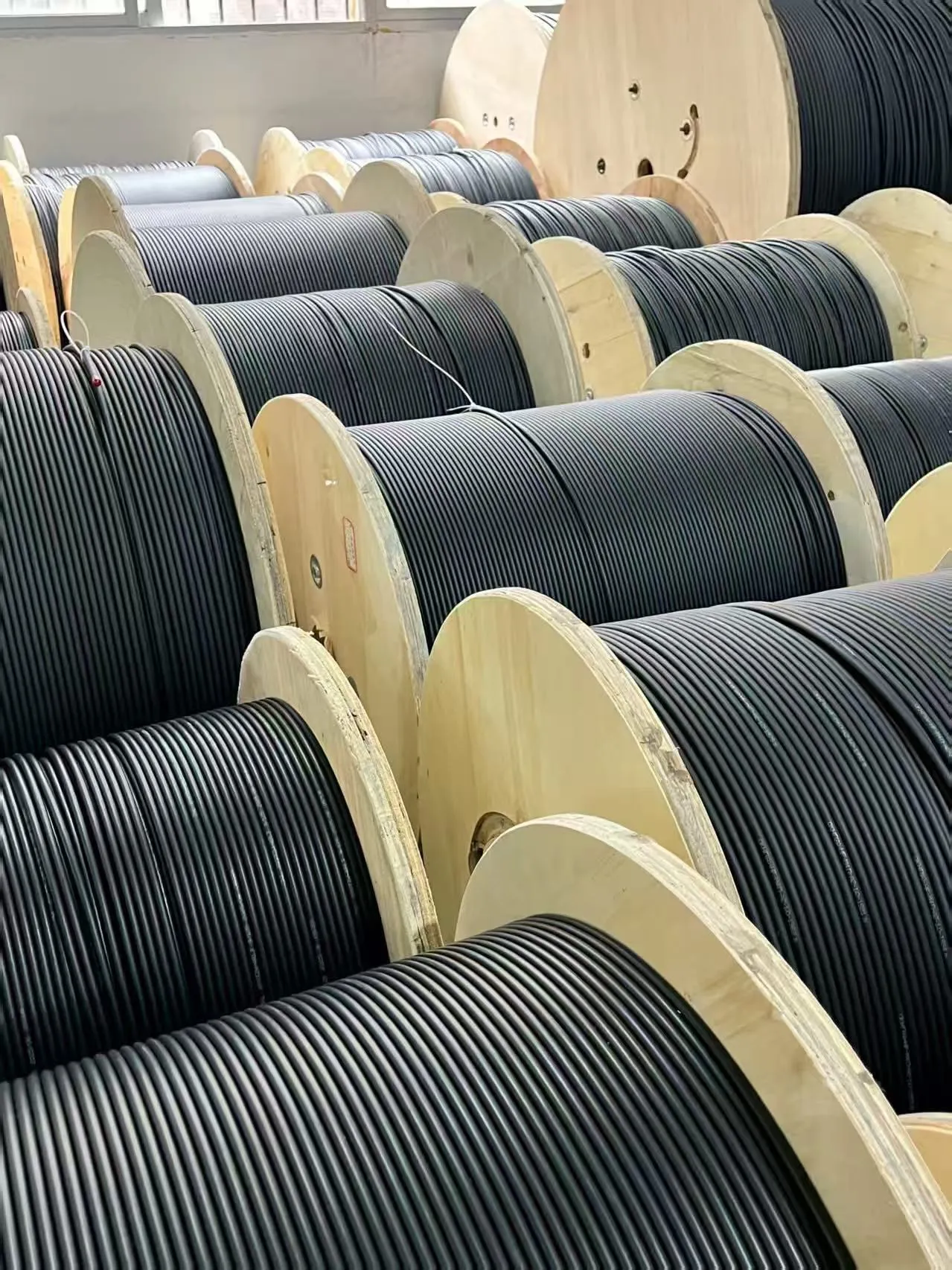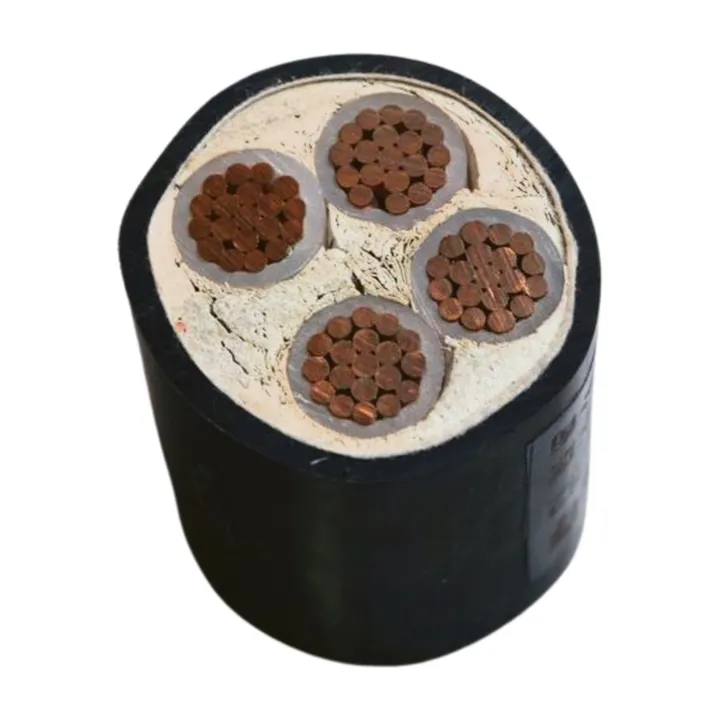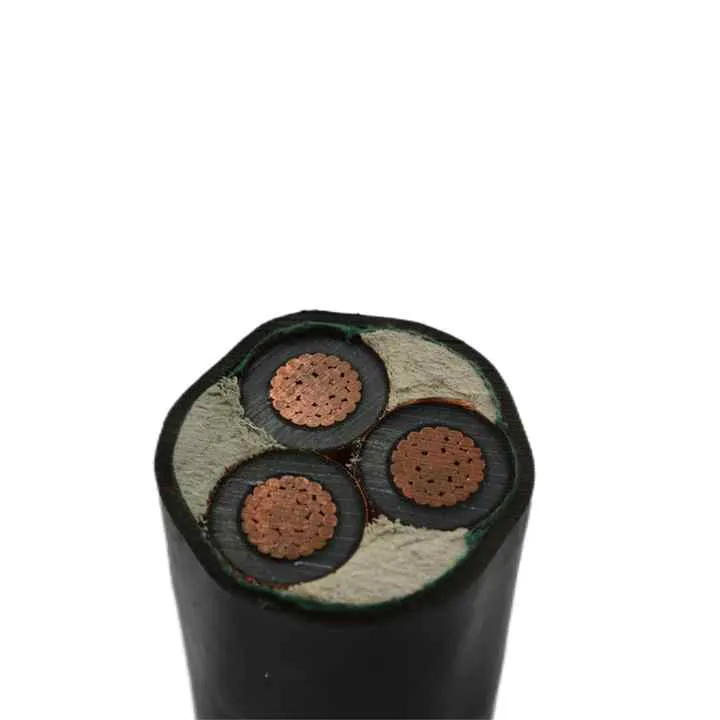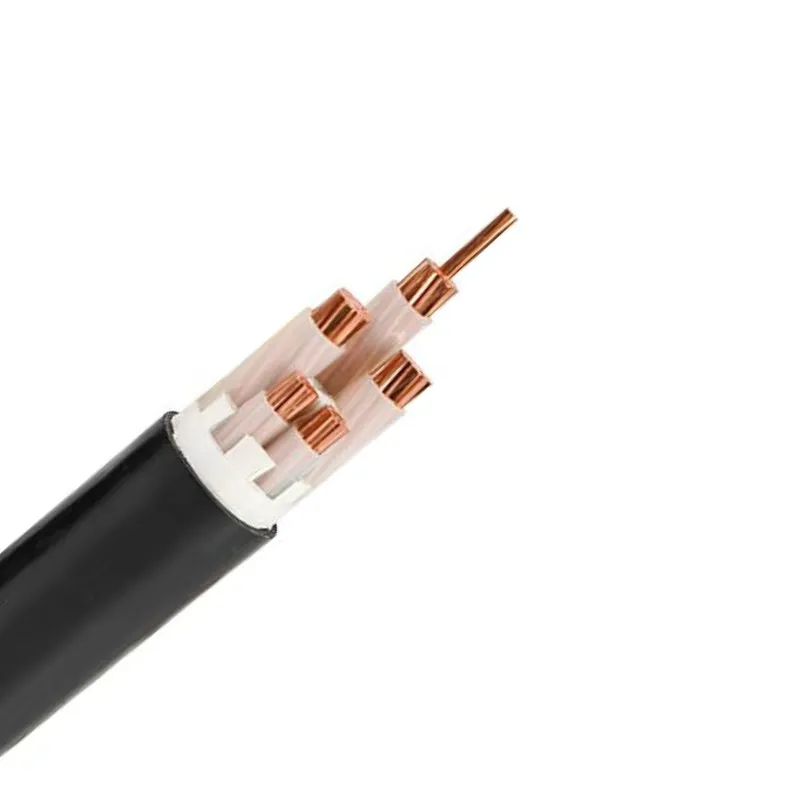Time: 2025-08-07 03:08:41 Source: Henan Province Jianyun Cable Co., Ltd.
Rated voltage is a critical parameter for low-voltage (LV) and medium-voltage (MV) power cables, defining their safe operating voltage range and ensuring reliable performance in power distribution systems. Understanding rated voltage is essential for selecting appropriate cables, ensuring safety, and meeting regulatory standards in applications ranging from residential wiring to industrial power networks. This guide provides a comprehensive overview of rated voltage in LV and MV power cables, covering definitions, classifications, standards, and practical considerations, presented in a formal and structured manner.

Rated voltage is the maximum voltage a power cable is designed to operate at safely and reliably under normal conditions. It is expressed as a pair of values, U₀/U (Um), where:
Rated voltage ensures the cable’s insulation (e.g., XLPE, PVC) can withstand electrical stresses without breakdown, maintaining safety and performance. For example, a 0.6/1 kV cable is designed for systems with 600 V between conductor and earth and 1000 V between phases, with a maximum system voltage of 1.2 kV.
| Term | Definition |
|---|---|
| U₀ | Voltage between conductor and earth |
| U | Voltage between phase conductors |
| Um | Maximum system voltage |
Power cables are classified as low-voltage (LV) or medium-voltage (MV) based on their rated voltage, as defined by standards like IEC 60502:
| Category | Rated Voltage | Applications |
|---|---|---|
| Low-Voltage (LV) | Up to 0.6/1 kV | Building wiring, lighting |
| Medium-Voltage (MV) | 1.8/3 kV to 26/45 kV | Industrial, utility networks |
Rated voltage is governed by international and regional standards, ensuring consistency and safety:
| Standard | Voltage Range | Details |
|---|---|---|
| IEC 60502-1 | 0.6/1 kV to 1.8/3 kV | LV, extruded insulation |
| IEC 60502-2 | 3.6/6 kV to 26/45 kV | MV, enhanced insulation |
| IEC 60227 | 300/500 V, 450/750 V | LV, PVC insulation |
Selecting the appropriate rated voltage for LV and MV cables involves several factors:
| Factor | Consideration |
|---|---|
| System Voltage | Match U₀/U, ensure Um covers surges |
| Insulation | XLPE for MV, PVC for LV |
| Environment | Armoured, UV-resistant sheathing |
| Current Capacity | Size for load, limit voltage drop |
LV and MV cables are used in various applications based on their rated voltage:
| Category | Application | Rated Voltage |
|---|---|---|
| LV | Residential, commercial | 300/500 V, 0.6/1 kV |
| MV | Utility, renewable, industrial | 3.6/6 kV to 26/45 kV |
| Challenge | Solution |
|---|---|
| Incorrect Voltage Selection | Match U₀/U to system voltage, verify Um for surges |
| Insulation Breakdown | Use XLPE for MV, ensure proper insulation thickness |
| Non-Compliance | Verify IEC 60502, regional standards (CCC, CE) |
| Voltage Drop | Select appropriate conductor size, calculate VD |
Understanding rated voltage is essential for selecting LV and MV power cables that ensure safe and reliable power distribution. By matching U₀/U to system requirements, verifying Um for overvoltages, and considering insulation materials, environmental conditions, and current-carrying capacity, users can choose cables that meet standards like IEC 60502 and regional regulations. LV cables (up to 0.6/1 kV) serve residential and commercial needs, while MV cables (3.6/6 kV to 26/45 kV) support industrial and utility applications. Addressing challenges like incorrect selection or voltage drop ensures optimal performance and a cable lifespan of 25–30 years.

NA2XS(f)2Y 6/10KV 12/20KV 120 150 185 240 300MM2 Single Conductor Xlpe Insulated

Grounding Cable 3 Core 95mm2 150mm2 240mm2 Aluminum High Voltage Cable

5x35mm 5x25mm Low Voltage Power Cable With PVC Sheath Copper Conductor XLPE Insu

A medium voltage three core armoured power cable is designed for the reliable tr